Tasting experience | Why does coffee taste so sweet? Where does coffee sweetness come from?
When I go to a coffee shop for coffee, I always hear the barista say that it has the sweetness of sugar and caramel, but it is not good to find it in one bite. So the question is, where does the sweetness of coffee come from? Why can others drink it but not themselves?
| what is sweet?
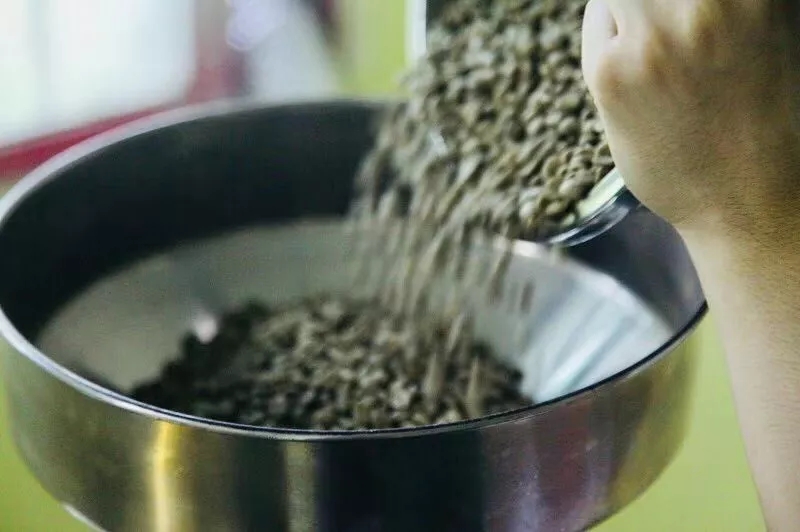
In fact, coffee is not bitter. You know, a raw coffee bean contains 50% carbohydrates, including sucrose, pectose, mannose, glucose, galactose and so on. Of course, not all of them are soluble in water. Only a small part of the sugar can "enter" into the coffee and be felt by us.
| what is the sweetness of coffee related to?
Variety
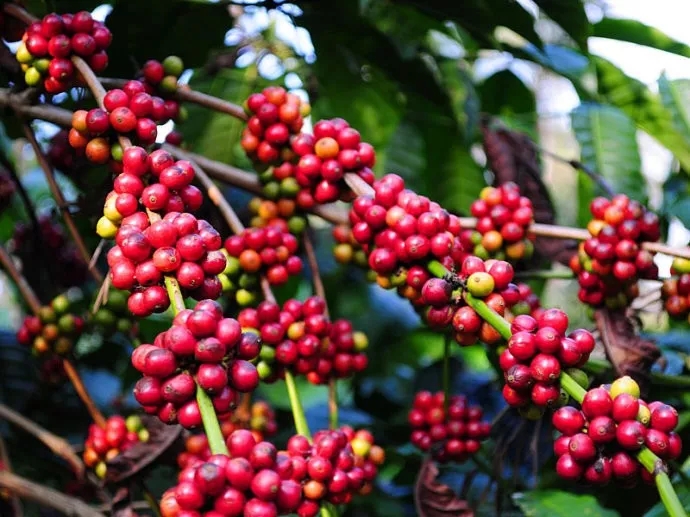
The sweetness of coffee is related to the variety of coffee. Arabica coffee contains twice as much sugar as robusta coffee, which is one of the reasons why Arabica coffee is better than robusta coffee. Because different varieties have different types and quantities of substances, this is why, even though they belong to the same Arabica species, iron pickups are sweeter than bourbon coffee.
Planting altitude
We all know that the higher the altitude, the lower the temperature, the longer it takes for plants to mature.
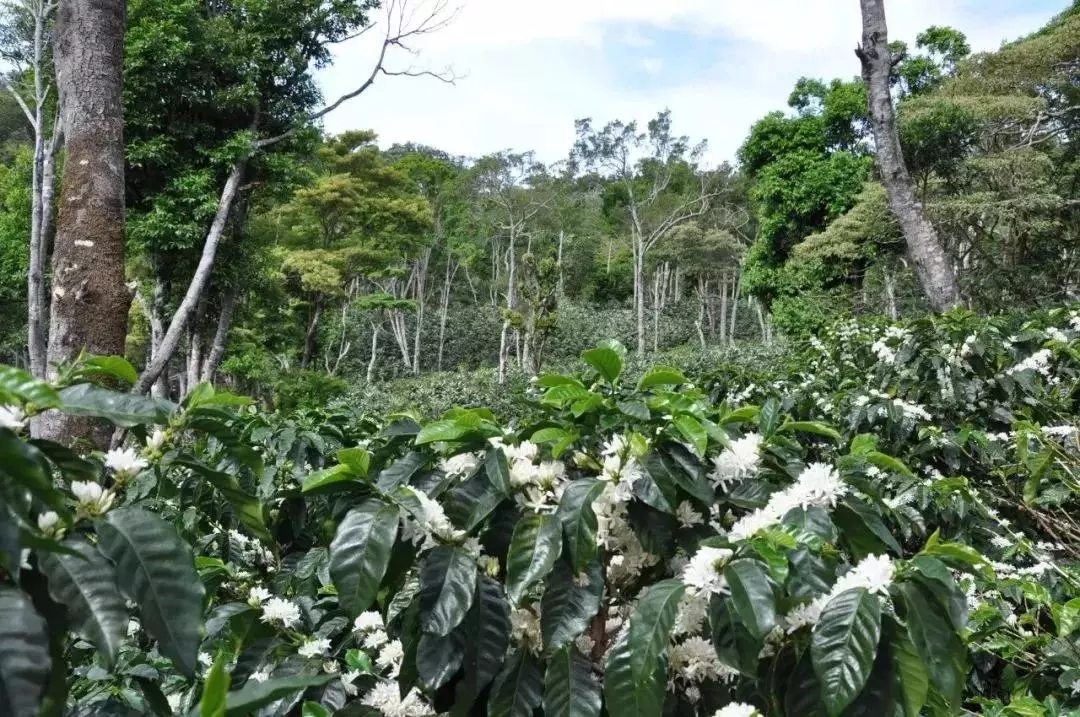
During the day, the temperature is suitable for strong light, which is conducive to plant photosynthesis, and coffee can produce a lot of sugar. When the temperature drops at night, the respiration of coffee cherries decreases, reducing sugar consumption. Due to the large temperature difference between day and night, coffee grows slowly and can accumulate more sugar, which is why the higher the altitude, the sweeter the beans!
By the way, why do low-altitude beans taste bitter and astringent?
This is because of the chlorogenic acid in the coffee!
Because there are many insect pests in the low altitude, and it is hot and dry, more chlorogenic acid is produced inside the coffee beans. However, at high elevations, there are not too many insect pests, and the temperature and humidity are suitable, so the content of chlorogenic acid is naturally less.
Treatment method
There are four basic treatments for coffee: sun exposure, water washing, honey treatment and wet planing.
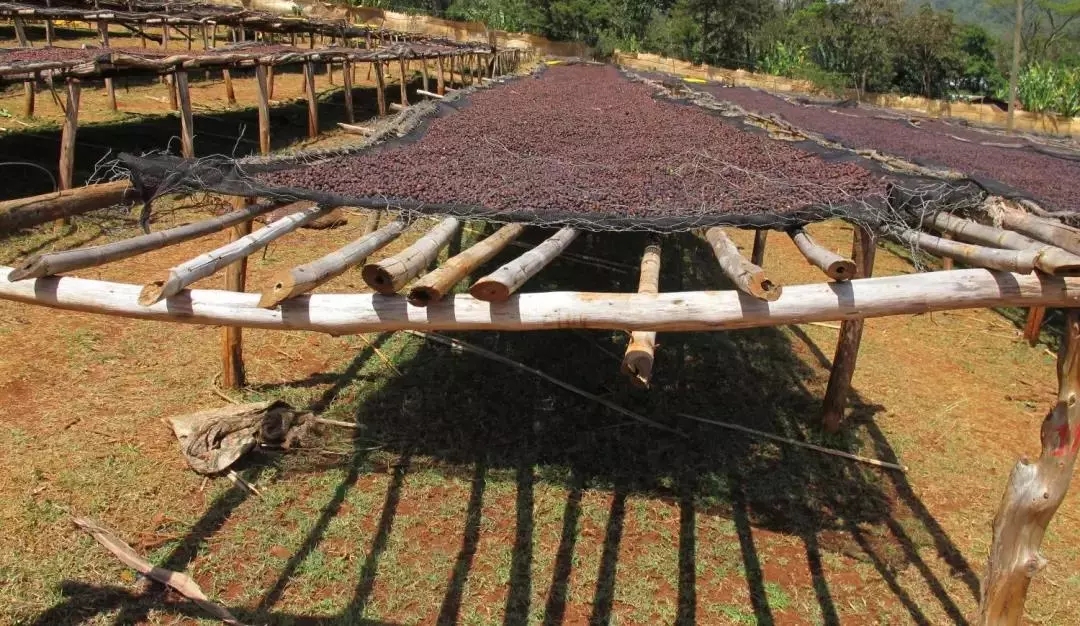
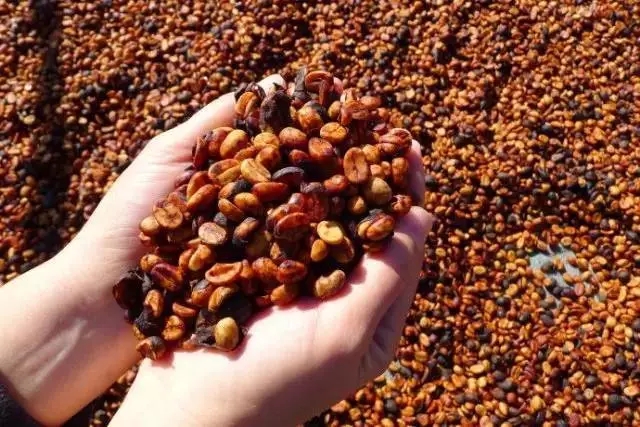
Keeping the whole coffee cherry fruit in the sun for drying and honey fermented with pectin will taste sweeter than water washing and wet planing.
Baking
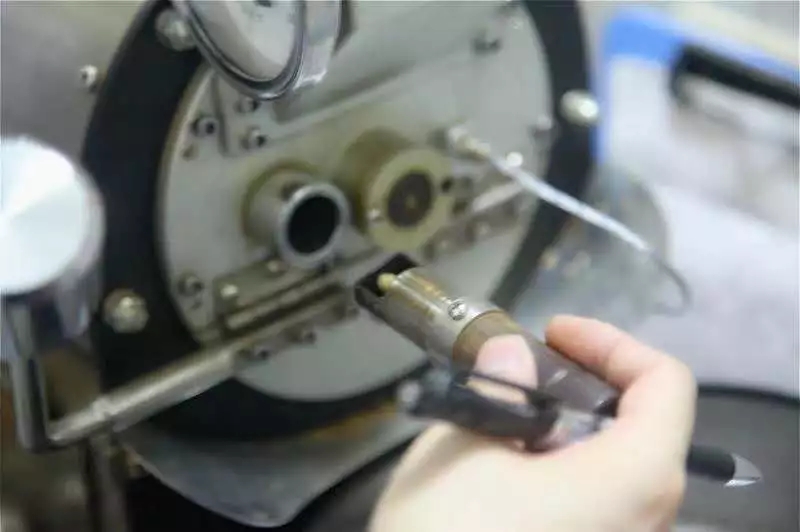
After the first burst, the sugar is converted into caramel, especially sucrose, which contains the most. Don't forget that coffee is actually a kind of fruit. Interestingly, the longer the baking time, the more kinds of sugars, the more complex, and even end up producing bitter caramel compounds. Yes, sweetness to bitterness is not just a joke.
Brewing and cooking
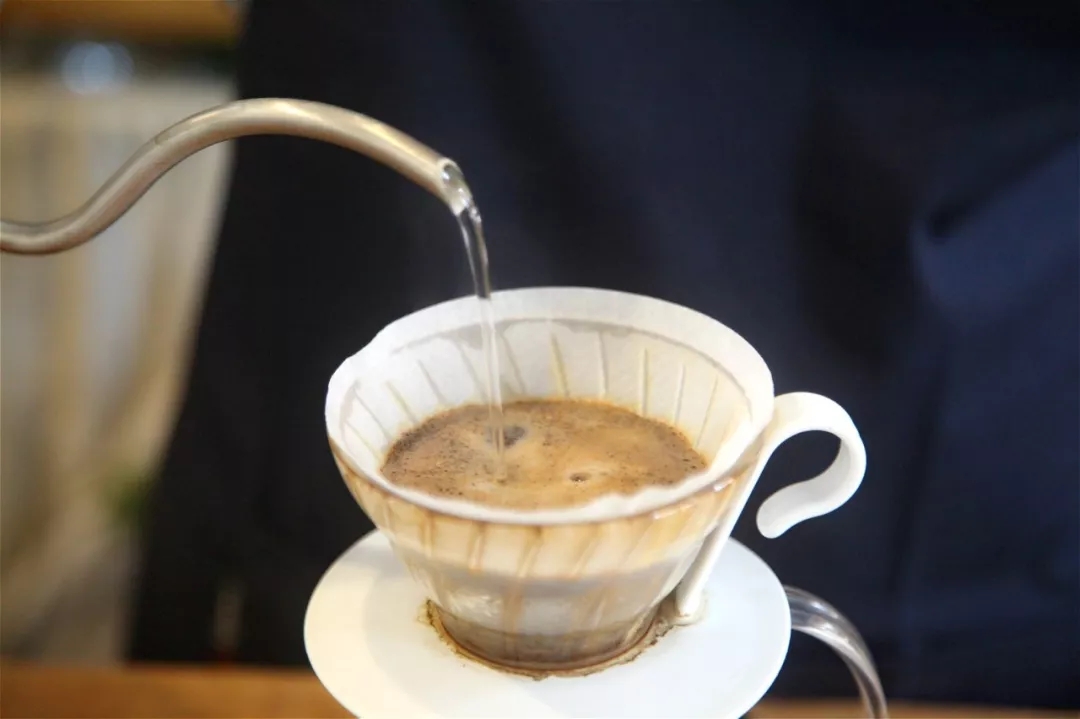
Now that the sweet beans have been baked, the last step is to cook them. How do you get out of the sweetness of coffee? I believe this problem has perplexed many baristas and coffee lovers. After all, it is necessary to find a balance and extract as much sweetness as possible, but it is necessary to keep a good balance of brewing and not blindly extract. Once it is over-extracted, the coffee will become bitter and astringent, and the bitterness will mask the sweetness.
| what is the sweetness of coffee?
We divide the "sugars" of coffee into two categories.
Toffee, caramel, honey, maple syrup
The first sign of discrimination is its "stickiness", which is related to both our taste and the degree of sweetness, and can be confirmed by our sense of smell. We can simply boil it down to toffee > caramel > honey > maple syrup. This consistency can be expressed as we smell the coffee at the bottom of the cup after drinking coffee. Does it make you feel bored? Or is it lighter? In addition, the taste of honey is a little sour and fermented, while the smell of maple syrup is light and woody.
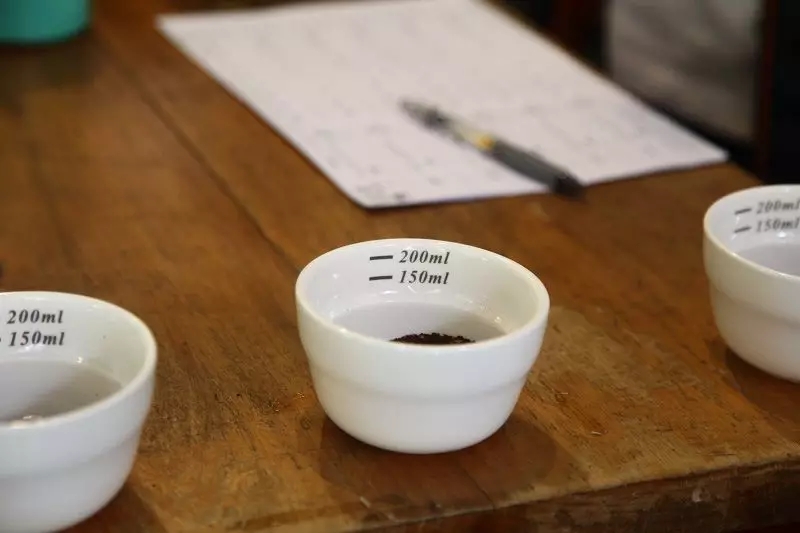
The first category of sugars is more determined by the variety of coffee, how it is treated, and the reactions of various chemicals in roasting. For example, honey-treated coffee is sweeter than washed coffee, and lengthening Mena reaction and caramelization reaction during roasting can also make coffee develop more sweetness, but keep in mind that going too far is not as good as it is. In terms of beans, such as Indonesia's gold Mantenin has caramel sweetness, Kenya's Asalia is honey sweet (varieties and treatments are different). In practice, we have to distinguish from hot to cold, from wet fragrance to aftertaste, especially when coffee is close to room temperature.
Black sugar, yellow sugar, white sugar
The second category is to distinguish sucrose in terms of purity and sweetness. although in terms of purity, white sugar > yellow sugar > caramel, we have to add a sense of smell to coffee, which makes the sweet black sugar > brown sugar > white sugar in coffee, and the rich degree of sweetness is different, so it gives us different feelings.
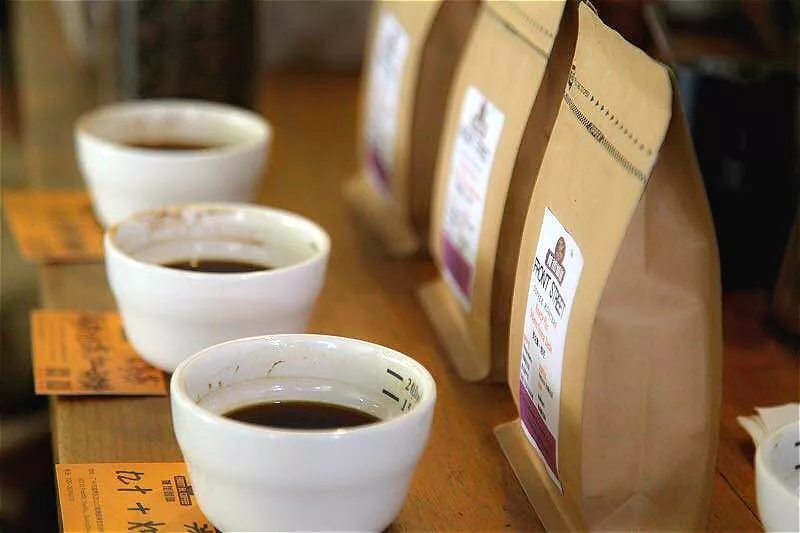
Although we introduced the sweetness of coffee, in fact, the coffee we drink is not sweet! Sugars in coffee can be divided into polysaccharides, disaccharides and monosaccharides. Polysaccharides, such as cellulose, are not sweet, while sucrose is a disaccharide that breaks down into monosaccharides (glucose and fructose) during baking and participates in the Mena reaction. Arabica raw beans contain 8% sucrose, and after baking, after Mena reaction, Stryker degradation, and caramelization, only 0.3% of the reducing sugar is left, very little. If you really want to say that coffee is sweet, you should bite raw beans. Coffee beans that have been roasted are not sweet in terms of taste.
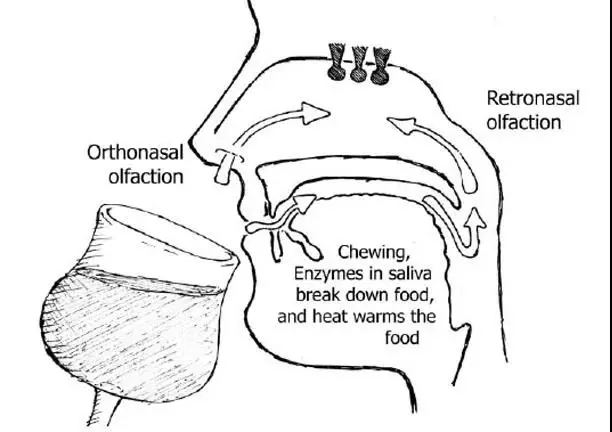
The reason why we can feel sweet in a cup of coffee is because of the posterior nasal pathway in our sense of smell. There are two ways to smell it. The prenasal pathway (Orthonasal olfaction) detects external odors, such as magnolia in the car. The posterior nasal pathway (Retronasal olfaction) detects the smell in the mouth. When smell comes from the posterior nasal pathway, we mix taste with smell and mistake it for the role of taste. (think of the sour taste and unique aroma after the lemon entrance.) the wonderful taste of coffee is actually the result of the blend of smell and taste.
Important Notice :
前街咖啡 FrontStreet Coffee has moved to new addredd:
FrontStreet Coffee Address: 315,Donghua East Road,GuangZhou
Tel:020 38364473
- Prev

Is there a requirement for the water temperature of hand-brewed coffee? How much is the amount of water injected into the steam? Cold extract tastes bitter?
Q: do you pay attention to the water temperature of hand-made coffee? A: yes! And it's important! Temperature still has a great influence on the extraction taste of coffee. Bitter and astringent coke is the latter flavor. Under the same grinding degree, if the coffee is bitter, scorched, astringent, etc., the temperature of the extraction water can be reduced. On the other hand, if you rush out and feel that the water taste is heavy, the taste is light, and so on, it is that there is still a lot of water.
- Next
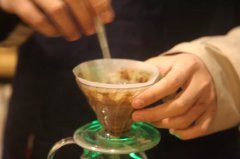
What are the skills of making coffee by hand? How to make a good cup of coffee?
Professional coffee knowledge exchange more coffee bean information please follow the coffee workshop (Wechat official account cafe_style) Let's talk about hand-made coffee today ~ many fans have been struggling with coffee from the very beginning, why don't they make it so good? Where should I start? In fact, there are signs to follow in the study of hand-made coffee, and most people do not have the guidance of a teacher.
Related
- What is the meaning of lactic acid fermentation with coffee bean treatment?
- How to judge the state of foam by sound?
- How does the latte pull out the unicorn pattern? Come to get for a little trick to improve the flower pull!
- Will flower pulling affect the taste of the latte?
- Do you know the history of coffee?
- The difference between honey treatment and sun washing what is raisin honey treatment?
- What kind of milk can a novice use to make coffee foam to keep the foam longer? The correct method and skills of milking tutorial sharing
- Why do washed coffee beans taste sour? Flavor characteristics of washed Coffee
- Introduction to the skill of how to practice the size and height of water injection around the circle of hand-brewed coffee
- How do beginners practice coffee flower drawing from scratch?

